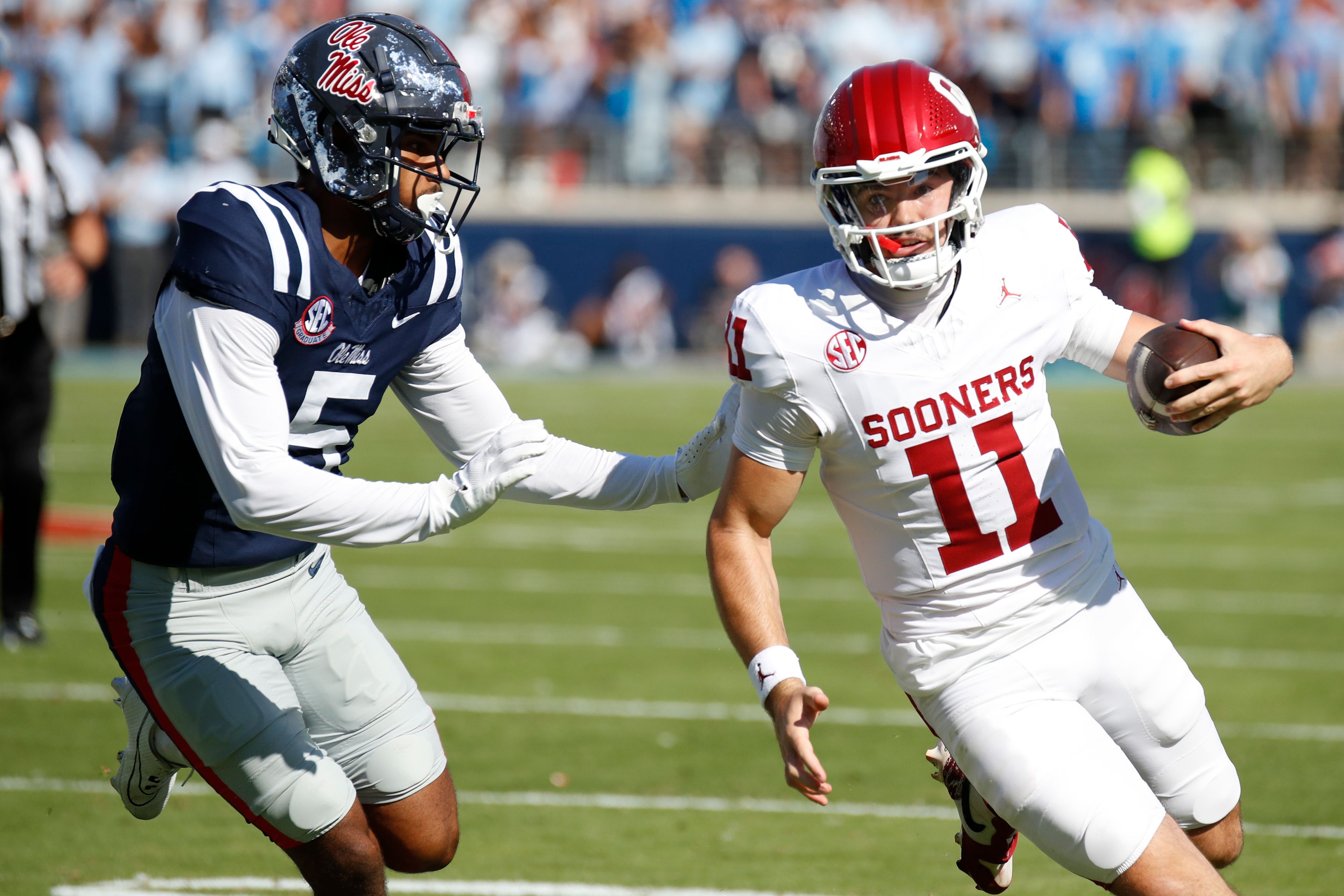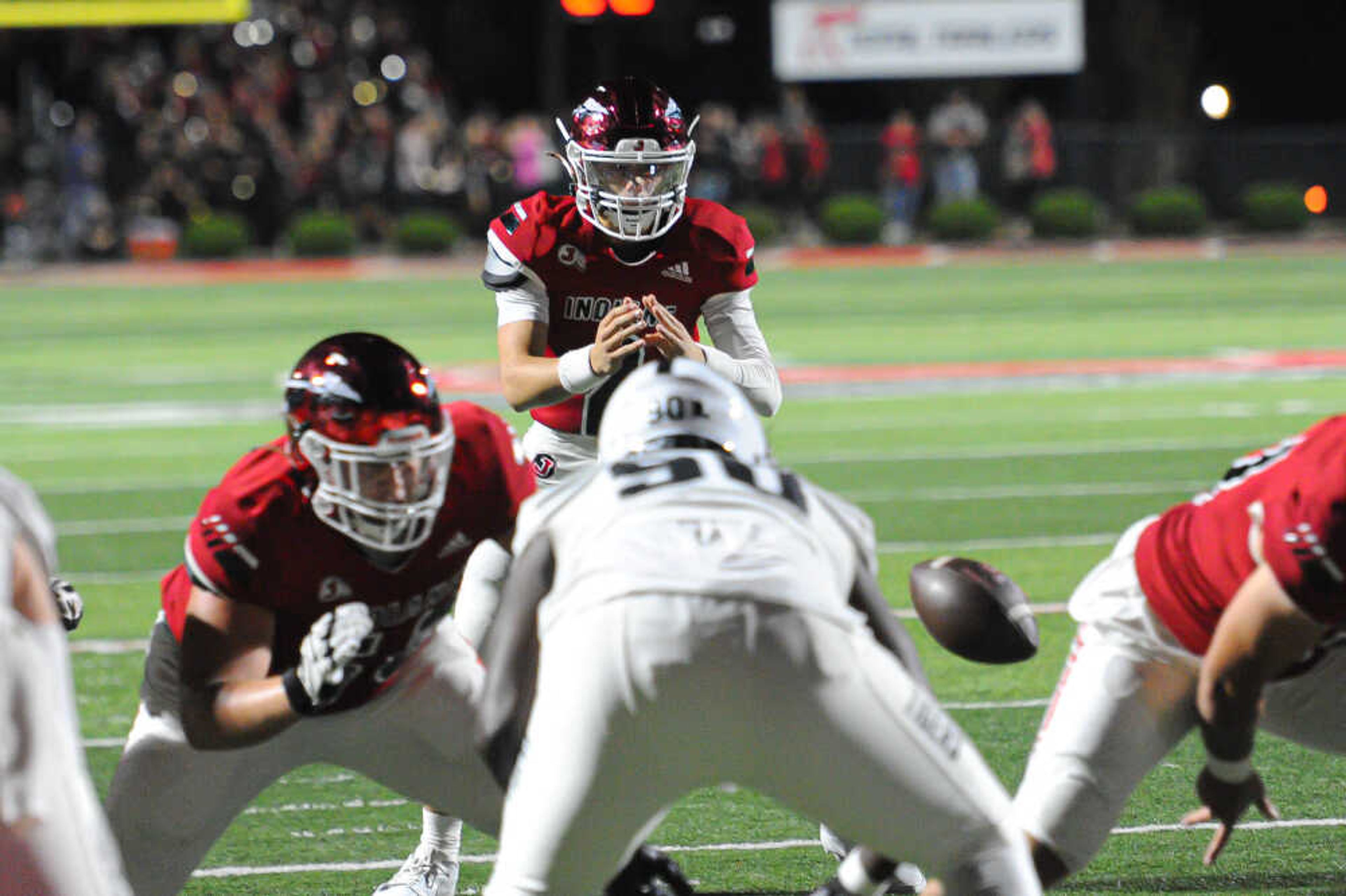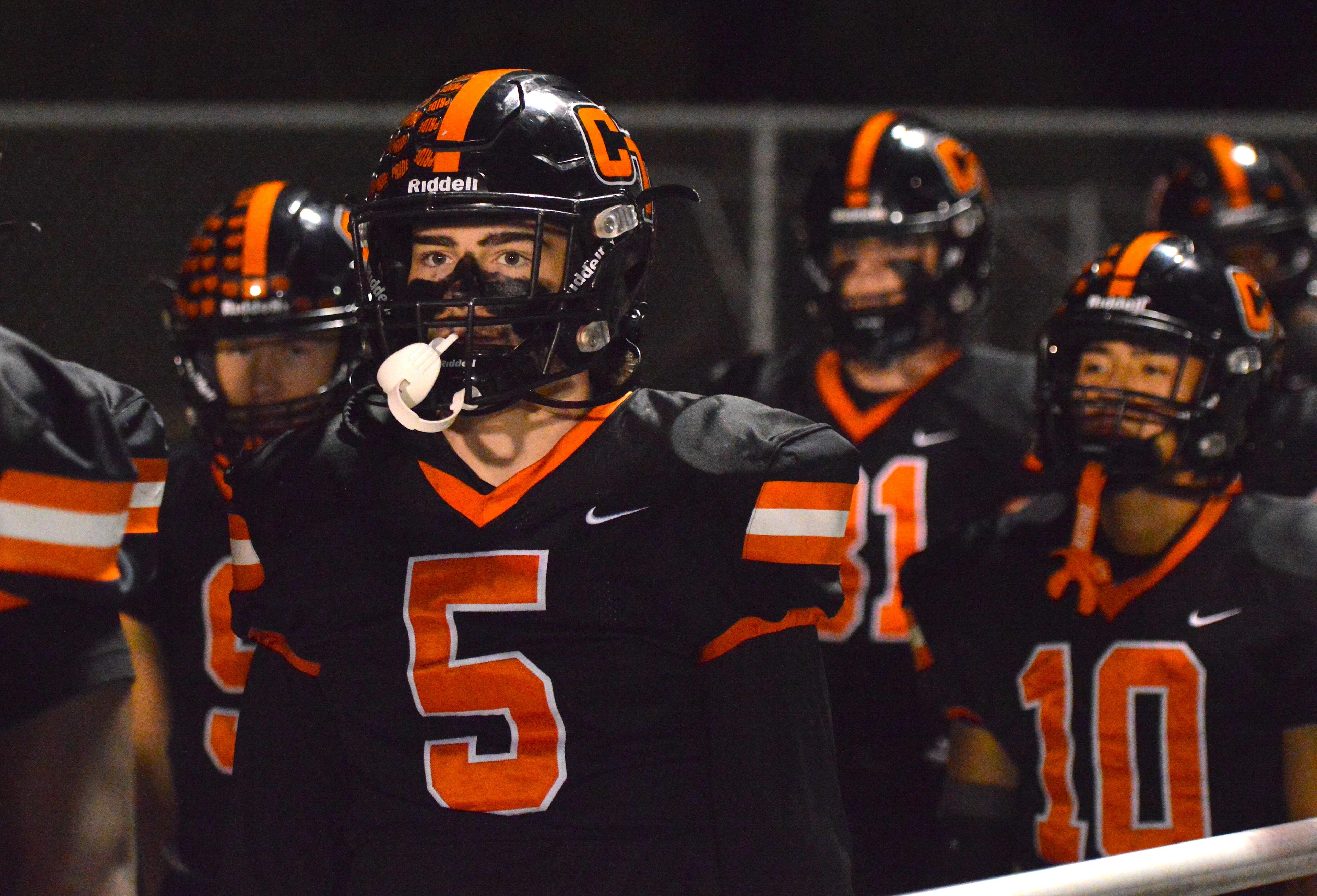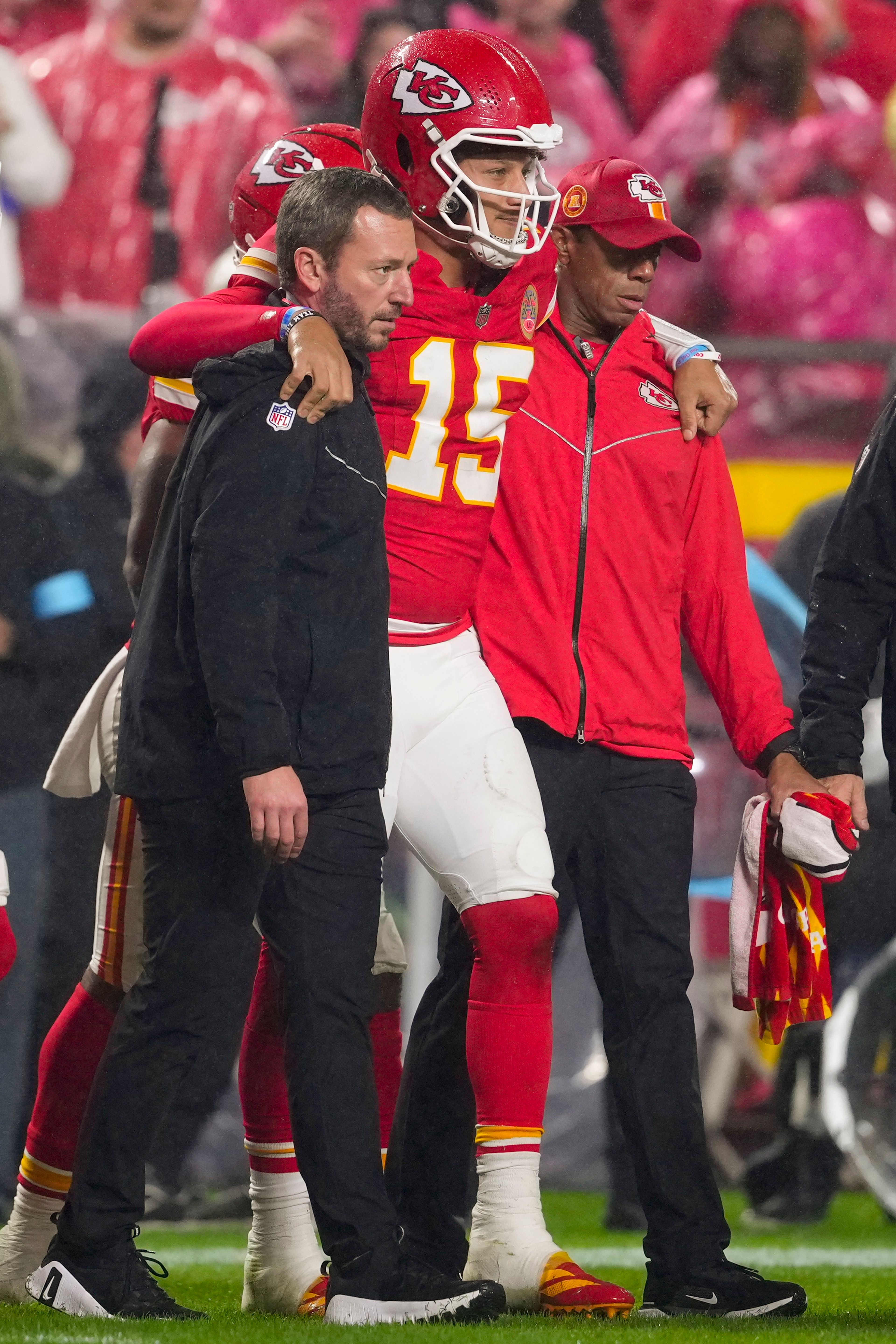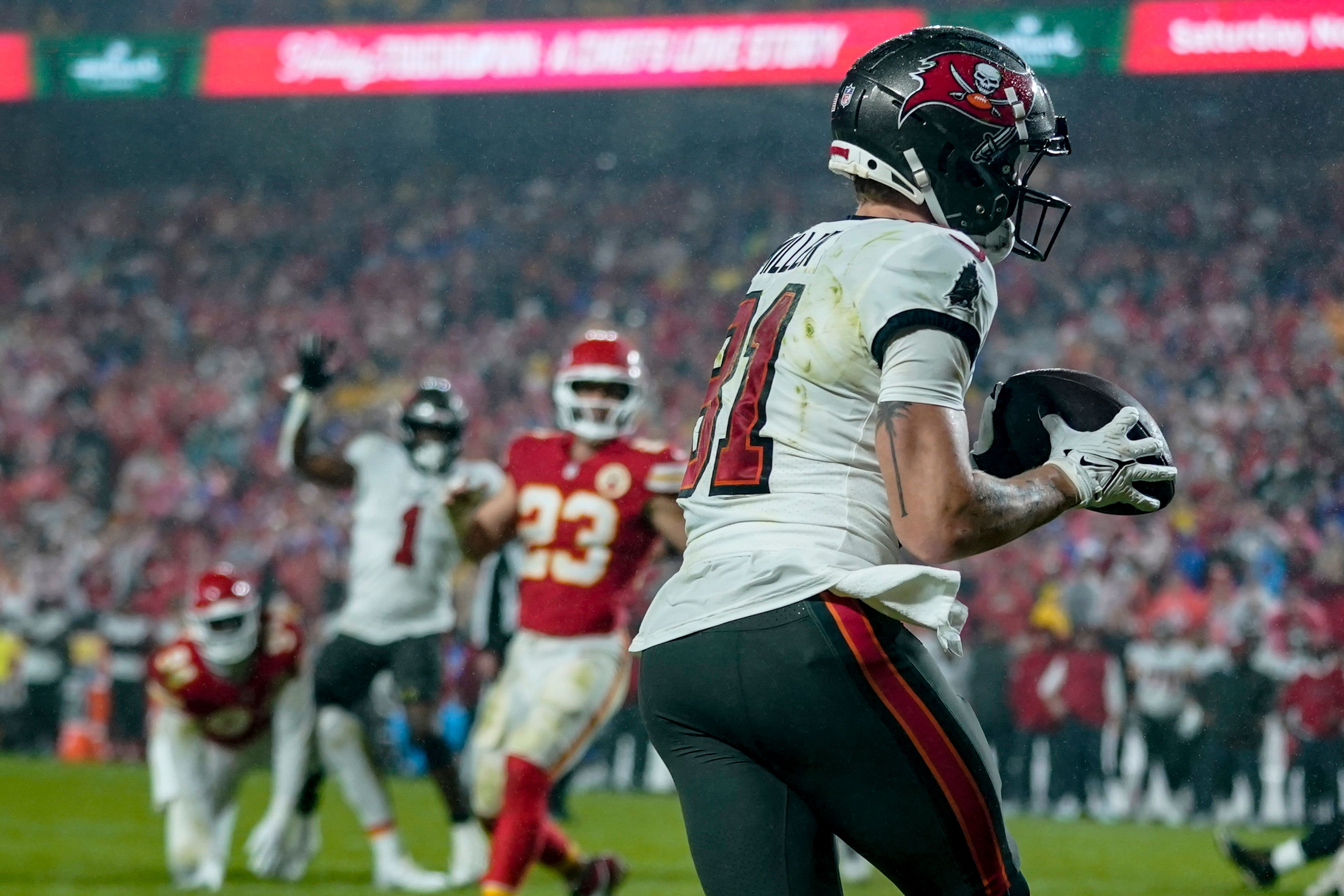Toyota still feels resistence as it prepares to enter circuit in 2007
Sitting on a crowded concrete floor in the new Toyota Racing Development, USA shop, among the many tubeframe chassis and race trucks in various stages of readiness, are the unfinished chassis for a NASCAR Car of Tomorrow, a completed 2006 Camry race car and an almost done 2007 Camry version...
Sitting on a crowded concrete floor in the new Toyota Racing Development, USA shop, among the many tubeframe chassis and race trucks in various stages of readiness, are the unfinished chassis for a NASCAR Car of Tomorrow, a completed 2006 Camry race car and an almost done 2007 Camry version.
In a nearby meeting room, Lee White, senior vice president of TRD, nods toward the shop.
"This was the worst timing ever for us," White said. "If there had just been a Car of Tomorrow, we would have been smiling, because it's a great leveler for the playing field and it's only going to be used in a third of the races next year.
"Instead, we're learning about what we call the Car of Today and the Car of Tomorrow, as well. It's added a lot of work for everyone -- all of the teams, all of the manufacturers. But, because of our unique circumstances, it's been tough."
Toyota dipped its toes in the NASCAR waters in 2000 with a car powered by one of its engines in the low-level Goody's Dash Series. A much bigger stir was created among those who believe that NASCAR should be for American makes when the Japanese company entered the Craftsman Truck Series in 2004.
Now, the company that has become one of the world's most successful automakers is getting ready to enter NASCAR's top two series -- Nextel Cup and Busch -- in 2007, with a heavy emphasis on Cup.
Beyond the parochial idea that teams should not be racing foreign stock cars on NASCAR's ovals, there also has been the fear that Toyota -- which recently leaped into Formula One racing with a yearly budget some estimate at $500 million -- will throw cash at its newest auto racing project, raising the cost of racing and altering the NASCAR culture.
Toyota also has been accused of trying to steal drivers and crew members from current teams aligned with Ford, General Motors and DaimlerChrysler -- the three manufacturers currently racing in Cup and Busch. NASCAR owners such as Jack Roush and Doug Yates say they fear Toyota will use its vast resources to attract people away from other garages.
"One of the things that's made NASCAR competition so close and so interesting to all the fans is that there's parity," Roush said. "There's parity among the drivers' ability at the very top. There's parity technically among the teams. There's parity among the manufacturers with regard to what they're able to do or willing to do with supporting the teams and with bringing technology.
"Toyota has a chance of breaking that parity, and we'll just have to see what happens."
But White and Jim Aust, vice president of Toyota Motorsports and president and CEO of TRD, say such fears are unfounded.
Toyota will run six cars in Cup in 2007 -- two each with the new Michael Waltrip Racing and Red Bull teams, and two with the Bill Davis Racing organization that now races Dodges. So far, the only drivers confirmed for any of those teams are Waltrip and former Cup champion Dale Jarrett.
"We've never, ever been able to determine how much money any of the other three manufacturers are spending," Aust said. "So it's interesting that some journalists have the opinion that we're going to be outspending everybody."
Connect with the Southeast Missourian Newsroom:
For corrections to this story or other insights for the editor, click here. To submit a letter to the editor, click here. To learn about the Southeast Missourian’s AI Policy, click here.

